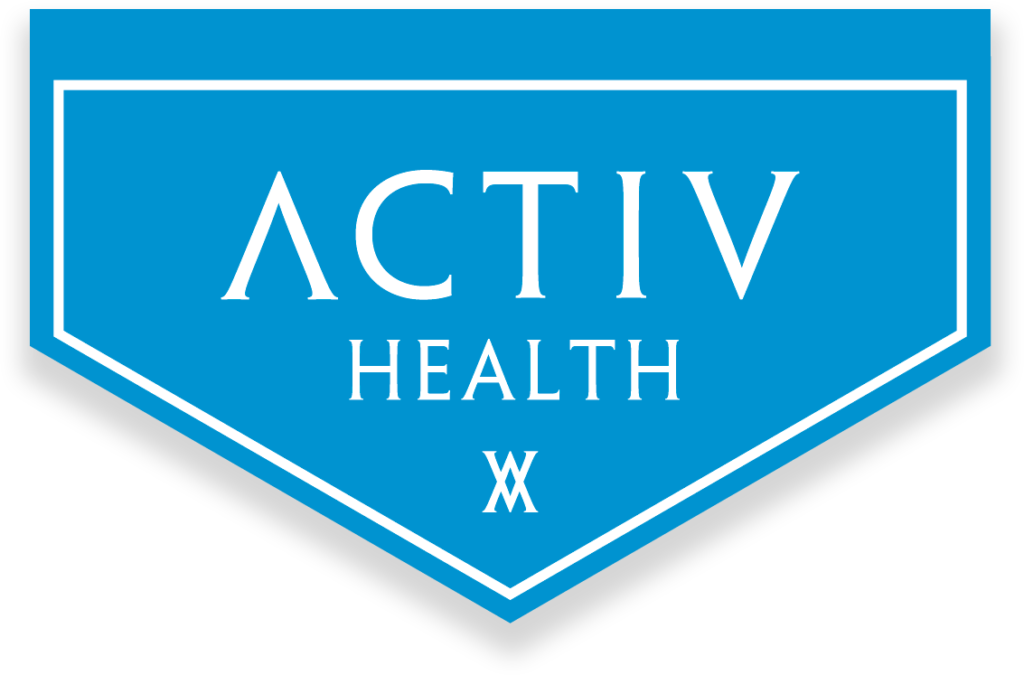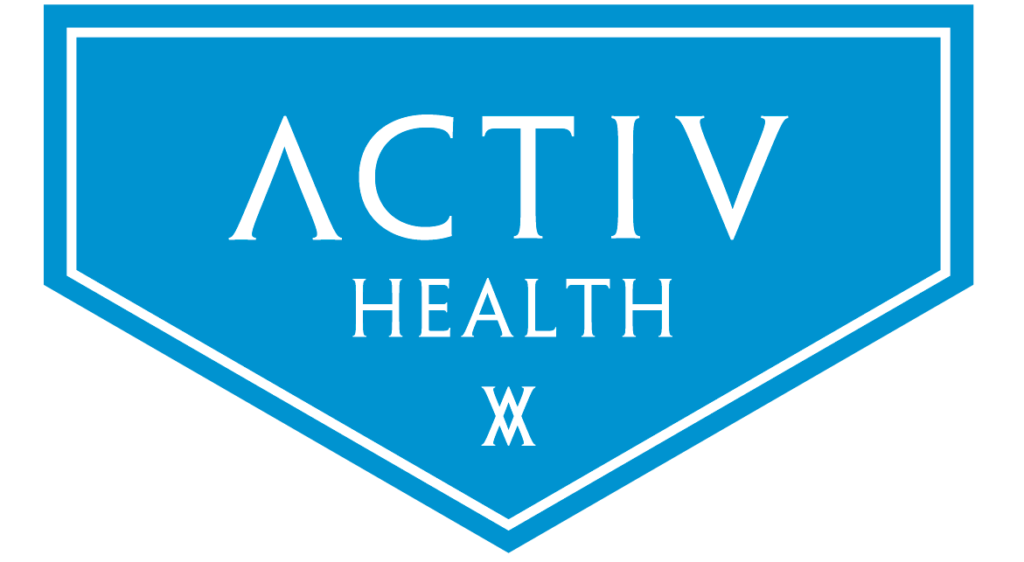Dyslexia, attention deficit hyperactivity disorder, dyspraxia – do fatty acids help?
by B. Jacqueline Stordy BSc Nutrition, PhD
Reproduced with permission from Dyslexia Review, the Jounal of the Dyslexia Institue Guild, Volume 9, Number 2, 1999
Long chain polyunsaturated fatty acids are major components of nerve cell and retinal membranes. There may be a common biological basis to the disorders dyslexia, attention deficit hyperactivity disorder and dyspraxia as these conditions are frequently co-morbid and appear to share a common genetic predisposition. The common biological basis may be related to fatty acid metabolism as disordered fatty acid metabolism, clinical features of essential fatty acid deficiency or improvements following supplementation with certain long chain polyunsaturated fatty acids have been indicated in the research described. Further support for a phospholipid membrane defect associated with dyslexia has been given by brain scans which reveal chemical differences in the brains of dyslexics.
Notes on essential fatty acid metabolism
- There are two essential fatty acids, linolenic acid and alphalinolenic acid.
- They are in two different series, n-6 and n-3, sometimes called omega-6 and omega-3.
- They must be present in the diet and are just as important as any vitamin or mineral.
- Linoleic acid (LA) is the head of the n-6 series.
- Alpha-linolenic acid (ALA) is the head of the n-3 series.
- LA and ALA are converted by a series of chemical reactions called elongations and desaturations to long chain polyunsaturated fats, LCPs.
- The important LCPs of the n-6 series are arachidonic acid and adrenic acid.
- The important LCPs of the n-3 series are eicosapentaenoic acid and docosahexaenoic acid (DRA).
Introduction
Efficient reading and writing require sensory input from vision, hearing or touch, central processing in the brain and effective motor action determined by motor nerves taking messages to the muscles of the hand. The cells that are specialist receptors, modified nerve cells, and the sensory and motor nerve cells themselves are largely made up of lipid (fatty substances). The brain is 60 percent lipid and roughly half of this lipid is long chain polyunsaturated fatty acids. The long chain fatty acids, docosahexaenoic acid, adrenic acid and arachidonic acid are the major long chain fatty acid constituents of the brain. They are in effect the building blocks of phospholipid membranes around and within nerve cells determining the physical characteristics and the chemistry of the membranes which control the efficiency of transmission of signals from one nerve cell to another. Docosahexaenoic acid is also a major constituent of membranes in the cone and rod cells of the retina.
The importance of adequate supplies of long chain polyunsaturated fatty acids in early life for brain and visual development is well established. Premature infants who are not given milk containing LCPs have delayed development of visual acuity, they also have a lower IQ at age eight years. Human milk provides the LCPs ready formed but many formulas based on cows’ milk do not. It was this research on the role of LCPs in visual and brain development that initiated my own research into the possibility of a link between LCPs and dyslexia. I noticed in one large family with many dyslexics in three generations, those who had been breast fed longest were least affected by their dyslexia and in general their problems had become apparent later in childhood. The variation in duration of breast feeding in this family varied from none at all to two and a half years. Even prolonged breast feeding however did not protect completely from developing dyslexia.
Pregnancy
In my first study I investigated consumption of long chain fatty acids during pregnancy of two groups of mothers. One group had dyslexic sons, the other group included mothers of nondyslexic classmates. The mothers were given a comprehensive questionnaire designed to establish the amounts of essential fatty acids they consumed, particularly the ratio of n-3 to n-6 fatty acids. The study showed that the mothers of dyslexic children were significantly more likely to have consumed a diet with a low amount of n-3 fatty acids during pregnancy. This study collected data on diet roughly 10 years retrospectively and there is considerable doubt about the reliability of such data but the results suggested that there may be a link between certain fatty acids and dyslexia.
Dark Adaptation in Dyslexia
I therefore decided to set up a study to investigate whether docosahexaenoic acid supplementation might be beneficial in dyslexic individuals. I wanted a test which might quickly be able to demonstrate an effect. DNA is known to be important in the function of retinal rod cells which are required for vision in dim light. I therefore decided to test whether there was any evidence for reduced retinal DHA content in dyslexia as indicated by dark adaptation. Ten adults with dyslexia (4 females and 6 males) and 10 control subjects (6 females and 4 males) were recruited(1). They were all young adults with age range 18-26 years.
Dark adaptation was tested using the Friedmann Visual Field Analyser, set for the dark adaptation function. One eye was occluded, bright light was shone in the other eye to bleach the retina and the room darkened. Measurements of dark adaptation were made at one minute intervals by assessing the intensity of very brief flashes of light which could just be detected. Measurements were continued until no further adaptation was observed. The dyslexics at every time point showed poorer dark adaptation than the controls. Because dark adaptation can be influenced by a number of known nutrients including vitamins A and C, riboflavin, nicotinic acid, thiamin and Zinc, all subjects were asked to keep a food diary and the intake of these nutrients was estimated: there was no difference in intakes between the two groups.
I then went on to test the possibility that dark adaptation might be influenced by giving DHA1. For a period of one month five dyslexics and five controls were given four capsules per day of a fish oil which contained 120mg of DHA per capsule with only traces of vitamins A and D. Dark adaptation was then re-tested. In four controls DHA had no effects on dark adaptation, although in one subject adaptation clearly improved. In contrast in the dyslexic subjects DHA consistently and significantly improved dark adaptation. Interestingly the control subject whose dark adaptation improved following supplementation was a fairly strict vegetarian who prior to the study had a habitual diet with a low DHA content.
The retinal rod cells are not only important for dark adaptation. They are the photoreceptors of the component of the visual system which processes rapid stimuli, the magnocellular (transient) system and there is anatomical, psychophysical and functional magnetic resonance imaging evidence that this system is impaired in dyslexia. Magnocellular ganglion cells receive input from all retinal cone cell types and from rod cells and have large receptive fields. They are important for motion detection.
Improving the function of the photoreceptor by DHA supplementation does not necessarily indicate central processing deficits will be helped as well. It is likely, however, that this is the case as synapse membranes, the junctions between nerve cells, contain high concentrations of DHA. There are also high concentrations of DHA in growth cones of nerve cells so that any increase in the number of connections (dendrites) between nerve cells puts a high demand on the supply of DHA.
Fatty Acid Supplements and Motor Skills
One of the largest studies ever examining the health, well-being and development of children from birth to maturity, the British Birth Cohort Study, examined predictors of dyslexia in 17,000 children(2). The strongest predictor for dyslexia was the failing to catch a ball test. The test involves throwing a ball up, clapping a specified number of times and catching it. This indicates the close links between dyspraxia, where motor coordination problems are the core feature, and dyslexia. It was with great interest I accepted an invitation from a local group affiliated to the Dyspraxia Foundation to test the skills of their children before and after supplementation with a fatty acid supplement including both n-3 and n-6 fatty acids. The test battery we used was the ABC Movement Assessment Battery for Children (Henderson and Sugden 1992). The test consists of two parts: a check list completed by an adult familiar with the child, in this study a parent, and a series of objective measures of motor skills to asses manual dexterity, ball skills and static and dynamic balance. The test is designed to be used to evaluate treatment interventions by physiotherapists and occupational therapists but is just as suitable for examining the response to nutritional supplementation. The parents also completed a behaviour rating, Conner’s Parent Rating Scales. The test battery was completed before and after 4 months of supplementation with EfalexTM, a patented mixture of tuna oil, evening primrose oil, thyme oil and vitamin E. The supplement provided 480mg of DHA, 35 mg of arachidonic acid, 96mg gamma linolenic acid, 80mg Vitamin E and 24mg of thyme oil daily. Seventeen families volunteered for the study and 15 children completed all the tests. There were 11 boys and four girls with age range 5-12 years. At the outset the check list scores for all the children exceeded the 15th percentile indicating a marked degree of movement difficulty. A similar degree of difficulty was found with the objective measures. The total impairment score, derived by summing scores for manual dexterity, ball skills and static and dynamic balance, exceeded the 1st percentile for 14 children and the remaining child was on the 8th percentile. Following supplementation, overall, there were statistically significant improvements in scores for manual dexterity, ball skills, static and dynamic balance, total impairment and check list. Only one child failed to improve on the check list score but three failed to improve on the objective measures. The Conner’s Parent Rating Scale scores also improved following supplementation and the children were significantly less anxious. Conner’s Rating Scales are frequently used to assess children with attention deficit hyperactivity disorder.
Fatty Acid Supplements and Attention Deficit Hyperactivity Disorder
The research group at Purdue University lead by Dr John Burgess and Dr Laura Stevens investigated the clinical and biochemical evidence for essential fatty acid deficiency in boys with AD/HD(4,5). They found that such children had clinical signs of deficiency such as extreme thirst, they also found that they had low amounts of the long chain fatty acids particularly arachidonic acid, adrenic acid and DHA in the red blood cell membranes. It is thought that red blood cell membranes reflect the composition of nerve cell membranes. Examination of the fatty acid composition of the diets of these children indicated that there was not just a simple dietary deficiency of essential fatty acids which could explain the results. It appears that children with AD/HD are less able to convert the precursor essential fatty acids, linoleic acid and alpha-linolenic acid, from their food, to the long chain derivatives, arachidonic acid, adrenic acid and docosahexaenoic acid. A further indication that AD/HD may be related to LCP supply was that they found boys with AD/HD were less likely to have been breast fed and if they had been breast fed it was tot a shorter duration. Conner’s Parent Rating Scales and Teacher Rating Scales were inversely related to the duration of breast feeding. That is the longer the child had been breast fed the less severe the AD/HD. In a later study(5) they found over the population as a whole, children with higher amounts of n-3 fatty acids in their blood had better mathematics ability and overall academic ability. The same children were also less prone to behaviour problems such as temper tantrums and sleep problems.
It appears that there may be a common biological basis to dyslexia, AD/HD and dyspraxia as they tend to run in the same families and are often co-morbid. This common biological basis may be related to fatty acid metabolism as disordered fatty acid metabolism, clinical features of essential fatty acid deficiency, or improvements with specific fatty acid supplements have been reported in all of these conditions. There has been much interest in the provision of adequate amounts of long chain polyunsaturated fatty acids for the foetus, the premature and the full term infant to enable good visual and intellectual development. These studies demonstrate here may be some value in long chain polyunsaturated fatty acid supplements for older children and adults with specific learning disorders who appear to be less able to synthesise the amounts required from dietary precursors. The studies described earlier are preliminary, they are small and have design faults which do not allow firm conclusions to be made. However a substantial amount of anecdotal evidence is now accumulating which appears to endorse the preliminary studies. It is unlikely every child with one, or even a combination, of these conditions will respond to fatty acid supplements. It is not yet clear which features of the conditions respond most. Further studies including double blind, placebo controlled trials are in progress to verify or otherwise the value of fatty acid supplements in dyslexia, attention deficit hyperactivity disorder and dyspraxia.
The biochemical mechanisms underlying the relationships between academic achievement, learning disorders, behaviour patterns and motor skills require detailed examination. Horrobin et al(6) have suggested that there is an abnormality of membrane phospholipid metabolism in both dyslexia and schizophrenia. These ideas have been supported by very recent research using phosphorus-31 MRS brain scans of dyslexics(7). There was also recent support for impaired dark adaptation in dyslexia and schizophrenia presented at the Dyslexia conference in Athens(8). At present there is consistency between the various research studies. It is likely that fatty acid supplements available at present are a rather blunt tool but for many they appear to be of use.
Dr Jackie Stordy worked at the University of Surrey for 32 years, first as Senior Lecturer in nutrition then as Director of the Nutrition Degrees until December 1996 when she retired. She has done research in many areas including infant nutrition and regularly appears on television to discuss nutrition issues. Her discovery in 1995 in relation to fatty acids and dyslexia lead to invitations to speak on the topic in many different countries around the world. She is now co-ordinating research into fatty acids and learning disorders at Efamol Ltd.
References
- STORDY BJ. Benefit of docosahexaenoic acid supplements to dark adaptation in dyslexia. Lancet 1995; 346: 385.
- HASLUM MN, Predictors of dyslexia? Irish JournaI of Psychology 1989; 10:622-30.
- HENDERSON SE, Sugden DA. Movement assessment battery for children. London: The Psychological Corporation, Harcourt Brace and Company, 1992.
- STEVENS LJ, ZENTALL SS, DECK JL, ABATE ML, WATKINS BA, LIPP SR, BURGESS JR. Essential fatty acid metabolism in boys with attention deficit hyperactivity disorder. Am J Clin Nutr 1995;62:761-8.
- STEVENS LJ, ZENTALL SS, ABATE ML, WATKINS BA, KUCZEK T, Burgess JR. Omega-3 fatty acids in boys with behaviour, learning, and health problems. Physiol & Behav; 59: 915-20.
- HORROBIN DF, GLEN AIM, HUDSON CJ. Possible relevance of phospholipid abnormalities and genetic interactions in psychiatric disorders: the relationship between dyslexia and schizophrenia. MedicaI Hypotheses 1995; 45: 605-13.
- RICHARDSON AJ, Cox IJ, SARGENTONI J, PURI BK. Abnormal cerebral phospholipid metabolism in dyslexia indicated by phosphorus-31 magnetic resonance spectroscopy. NMR in Biomed. in press.
- MACDONELI. LEF, SKINNER FK, MACDONALD MA, SUTHERI.AND J, GLEN EMT, WARD PE, GLEN AIM. Neuropsychological, visual and essential fatty acid assessments of adults with dyslexic type problems. Poster presented to dyslexia conference in Athens 1997.




